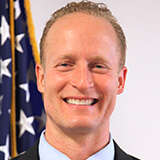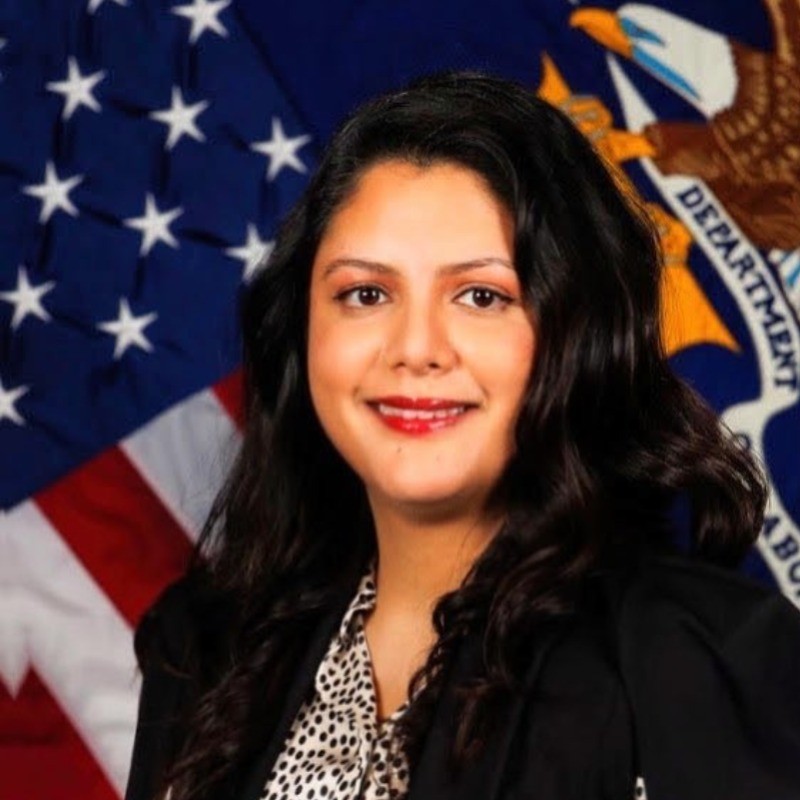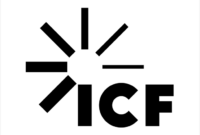Hubbard Radio Washington DC, LLC. All rights reserved. This website is not intended for users located within the European Economic Area.
On Air: Federal News Network

Empowering the federal workforce: Preparing teams to harness data and new technologies
On Demand
Keeping up with technology requires constant evolution. How are agencies employing new technology to better meet their missions and how is it impacting the workforce?
Agencies have been on the technology modernization journey now for the better part of the last decade. But only recently, over the last three years or so, has the focus been as much on the people using the technology as the IT itself.
Any misalignment between an organization’s modernization effort and its workforce could put them 6-to-9 months behind from enjoying the full benefits of modern IT.
It’s clear that agencies need long term goals and strategies for ensuring the workforce isn’t left behind as new technology is introduced.
Agencies have to plan for change management around all IT modernization initiatives because there are so many moving pieces and employees tend to learn as they go, leaders must be aware of this dynamic.
The recently released small agency CIO handbook may have summed up this challenge the best: Do not sacrifice in the budget on high-level workforce planning.
David Shive, the chief information officer for the General Services Administration, said more than a decade into the agency’s IT modernization journey, their focus has shifted more toward customer experience, employee experience and the technology those folks are using.
“Is it lightweight? Is it transparent to them, so they can focus all their time and energy on the business? Is the data generated allowing us to be good business managers to pivot and iterate to better outcomes at the end of a development, and even during the life of the program,” Shive said on the discussion Empowering the federal workforce: Preparing teams to harness data and new technologies. “As a government, we have an obligation to develop human capital strategies that ensures our workforce has the skills and capabilities to support, not only today’s business, but tomorrow’s business, technology and the organizational requirements.”
Agencies need to train employees around agile development and DevSecOps methodologies as well as how to actually use the technologies to improve business and mission processes.
Applying IT, modern business practices
Shive said by doing that, it helps employees understand the nexus between technology and modern business practices.
“We see technology as an enabler and a force multiplier here at GSA, in a way to optimize government by improving how the workforce does their job,” he said. “We are just making sure that our technology is working for people, not for technology sake. One of the things we don’t want to do is limit our modernization and process improvement to a top-down process. If we see employees are performing mundane, repetitive tasks, and they have ideas how to improve those processes, we want to hear about it.”
Giving employees the ability to drive change plays a big role in keeping employees motivated and focused on mission outcomes.
At the Labor Department, the emerging technology incubation program helps accomplish that goal.
Akanksha Sharma, the director of digital transformation at the Labor Department, said through the incubation program, employees learn how to use technology whether it’s artificial intelligence or robotics process automation (RPA) tools.
“We can teach it to you. There are learning [opportunities] to understand this so that you’re more comfortable using it for your day-to-day jobs. We’ve been building on this detailed program within the Office of the CIO team itself as well to just encourage people to think outside of the box and take on jobs, even for short periods of time, that may be very different than what they’ve been doing for 10-15-or 20 years, or even just six months,” Sharma said. “The other big cultural shift has been to make sure that we are recognizing employees for when they do go above and beyond, or trying to do something different, regardless of what the outcome may be. We are making sure there’s also training channels so that they can pick up new skill sets, which has been very helpful in terms of also bringing the different cultures of DoL together.”
Labor’s North Star
Labor’s need to ensure training and collaboration across mission areas is an important factor in its ability to modernize mission systems.
Sharma said so far the agency has moved about 20 key systems to modern technology, but that’s just a drop in the bucket.
“Our North Star for modernization has been, and is still very much, centered on providing public value and providing business value to the roughly 27 different agencies that the CIO team serves. In terms of the technology strategy itself, there’s a few different pillars that we really focus on, including being data driven to consolidate our data, to curate our data in order to make better decisions or to enhance some sort of a service,” she said. “The other big part of this is around digital experiences. We are putting a huge emphasis on improving self-service options for the American public so that they can get services faster. We are also putting a huge emphasis on being user centric and customer centric.”
The combination of technology and the workforce at Labor and GSA is part of a larger trend across government.
Several recent studies found over 90% of federal employees see IT modernization as making progress, making their jobs better and having favorable views of current IT modernization processes.
David Birken, the senior vice president for public sector transformation and professional services at ICF, said getting employees comfortable with the new technologies and businesses requires a strong dose of change management, and there is a playbook to help that effort.
“The hard part is setting up a culture where safe failure is okay because that has the potential to unlock unbelievable ideas that teams and leadership never would have thought of ,” Birken said. “I think the other thing is if IT modernization or digitalization is now a continuous evolving process, the same is true for the workforce. It’s not just for the workforce today, but for your future workforce. The more we can rely on the data and open lines of communication, the clearer the path to seeing a huge leap forward.”
Integrated project teams are key
To obtain that huge leap forward, agencies need to bring together a multidisciplinary team, which includes technology experts, mission leaders, human resources, acquisition and finance executives.
Birken said when you bring together a bunch of folks to work on something that’s non-traditional for them, the potential to come up with opportunities for improvements and create more capacity is striking.
“What we’re seeing is potentially the next frontier. All that capacity creation you’re doing for the workforce has to be recaptured and redirected. If you create opportunity and time for somebody, they’ll fill it, whether you want them to fill it with what you want versus what the organization wants,” he said. “I think in the last year or so, we’ve been seeing a lot of our projects, whether it’s a digital service center or something else, focused on actually being able to quantify that data of, ‘hey, we’ve created a little bit of opening for the workforce so how do we want to redirect these particular folks?’ I think that’s still in the opening days of figuring that out. I think some of our metrics are still pretty rudimentary, but it’s moving pretty fast.”
Learning objectives:
- IT modernization strategies and trends
- The IT modernization impact on the workforce
- Use cases
By providing your contact information to us, you agree: (i) to receive promotional and/or news alerts via email from Federal News Network and our third party partners, (ii) that we may share your information with our third party partners who provide products and services that may be of interest to you and (iii) that you are not located within the European Economic Area.
Please register using the form on this page.
Have questions or need help? Visit our Q&A page for answers to common questions or to reach a member of our team.
Speakers

David Shive
Chief Information Officer
General Services Administration

Jason Miller
Executive Editor
Federal News Network
By providing your contact information to us, you agree: (i) to receive promotional and/or news alerts via email from Federal News Network and our third party partners, (ii) that we may share your information with our third party partners who provide products and services that may be of interest to you and (iii) that you are not located within the European Economic Area.



